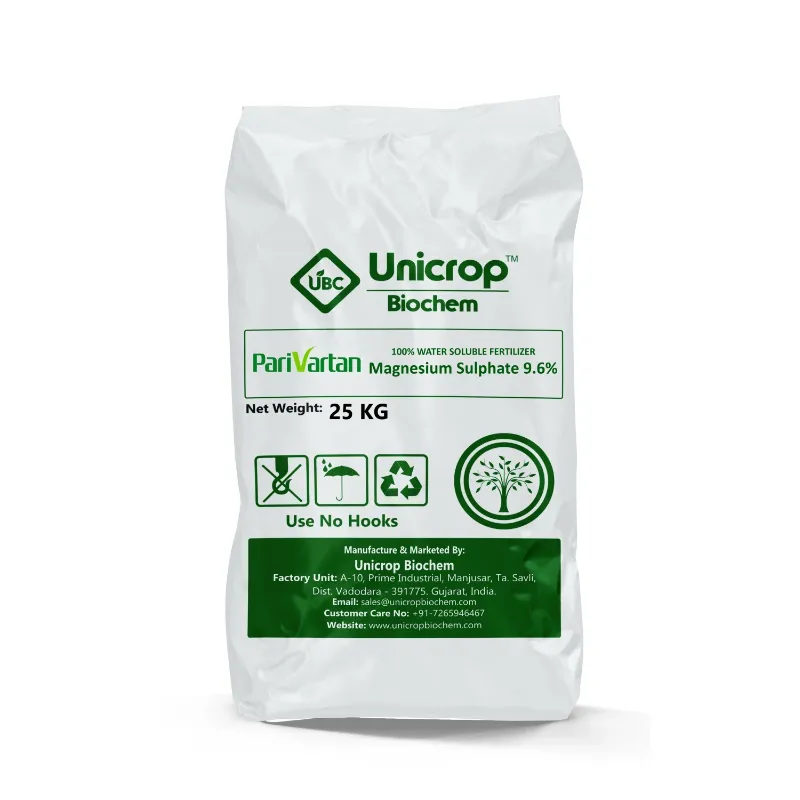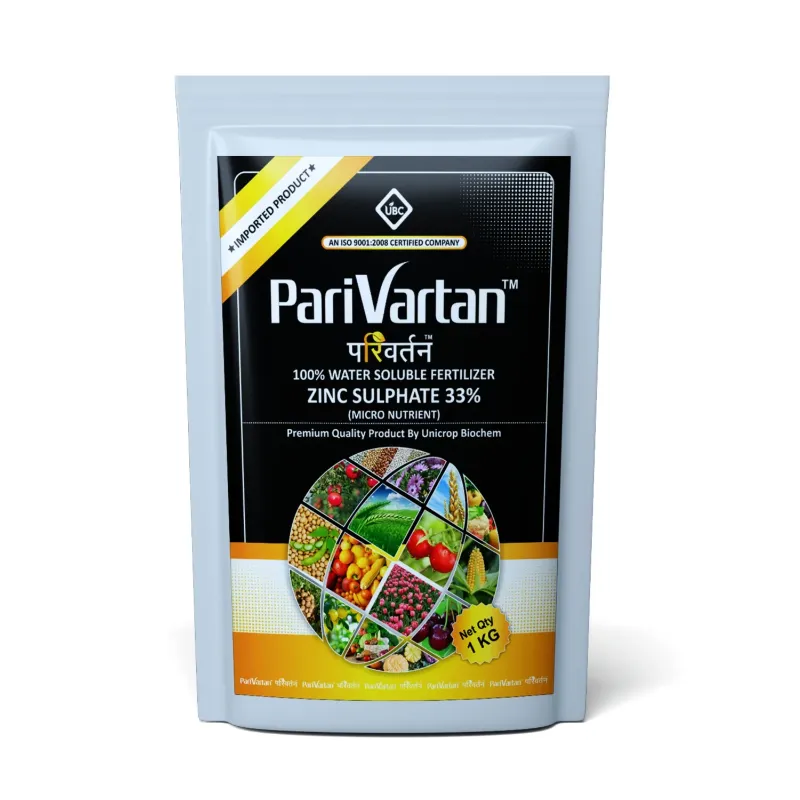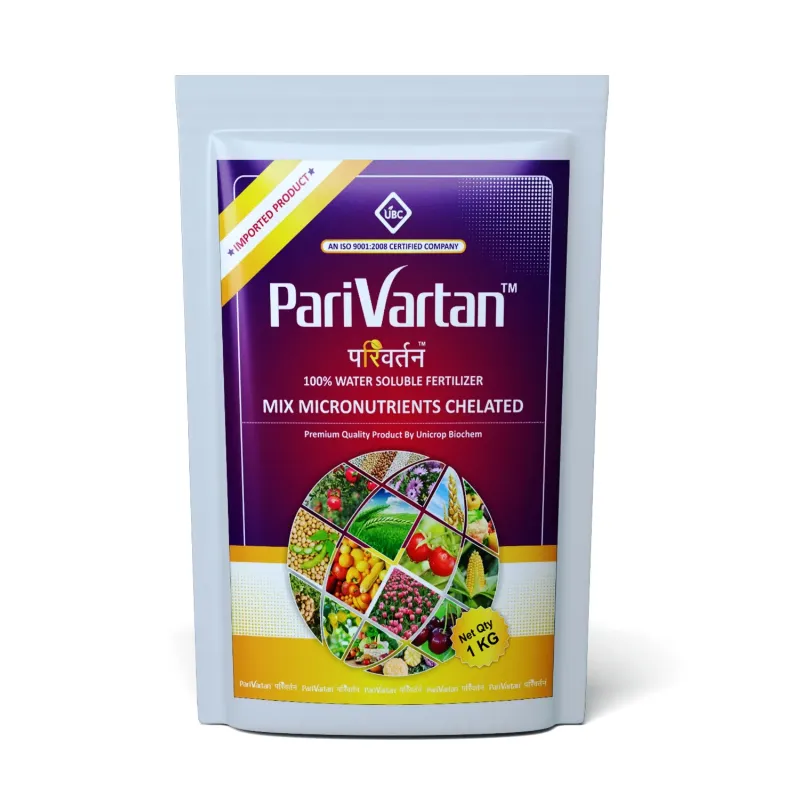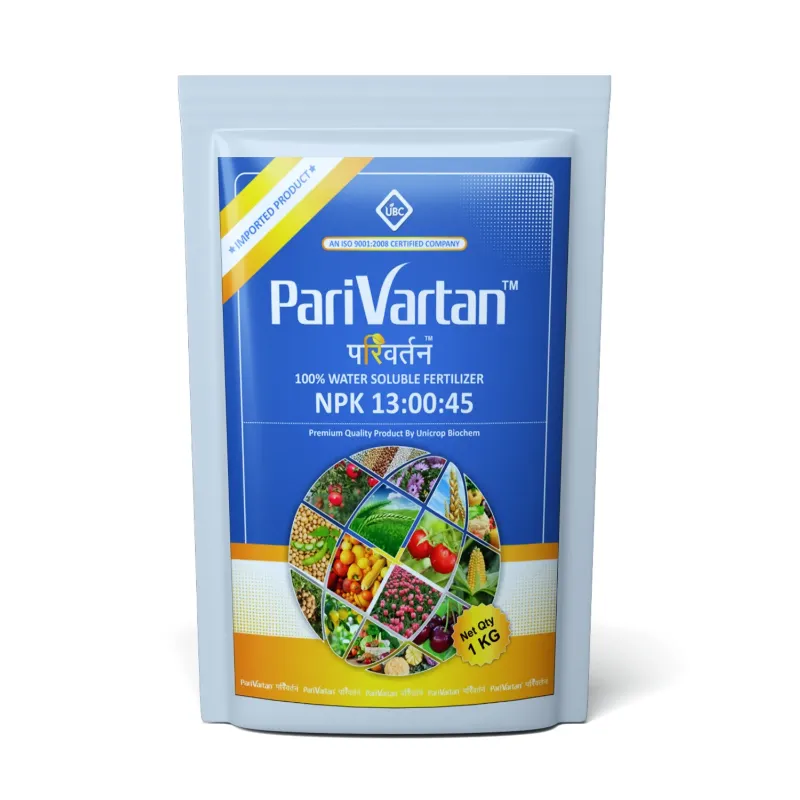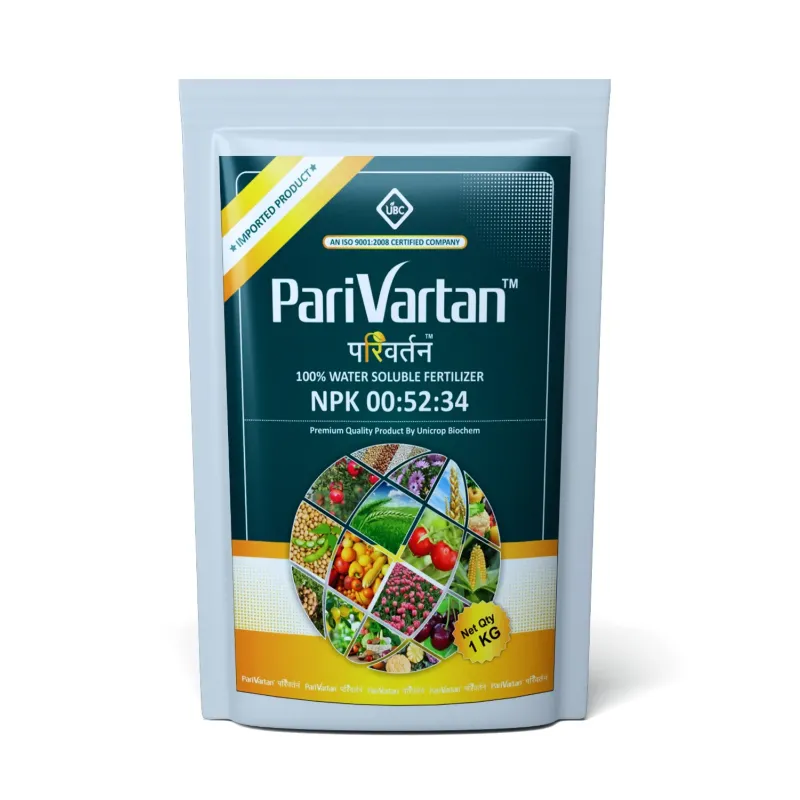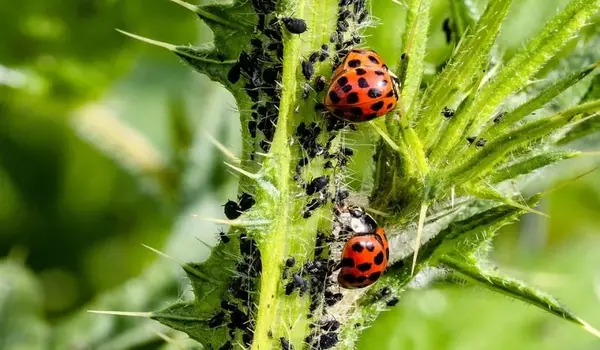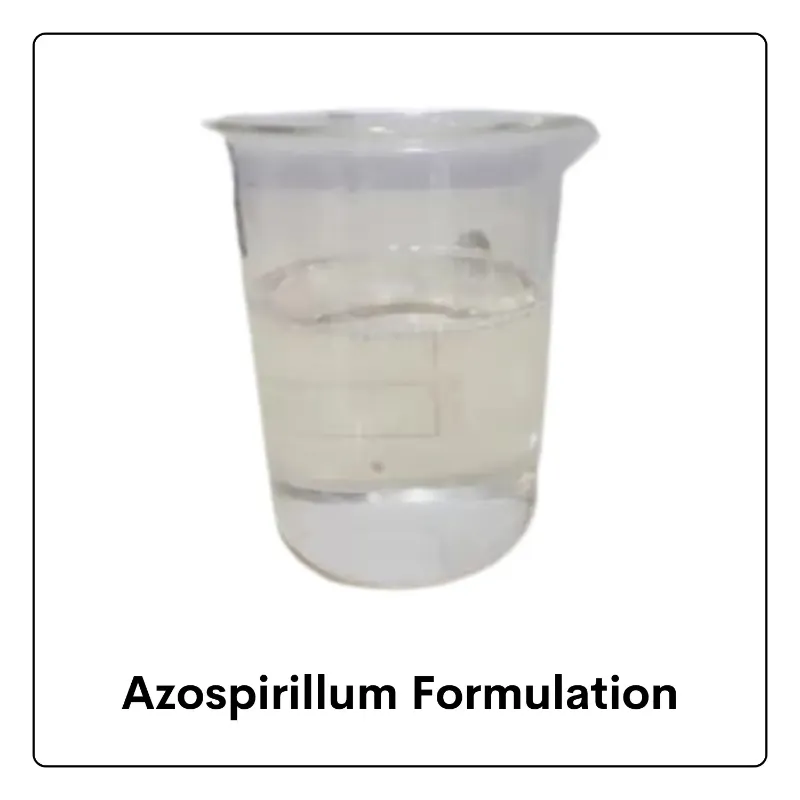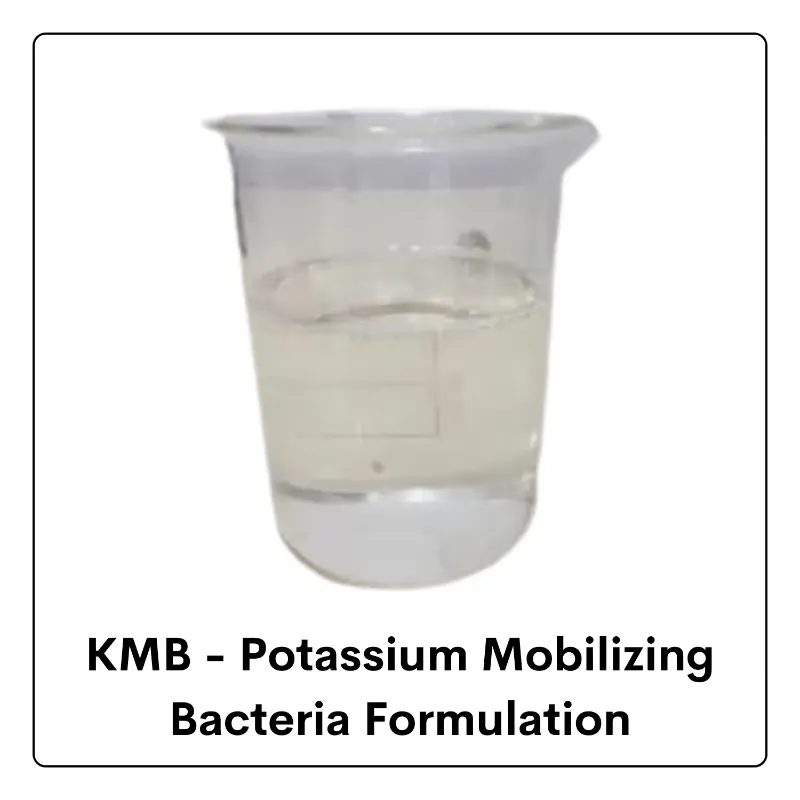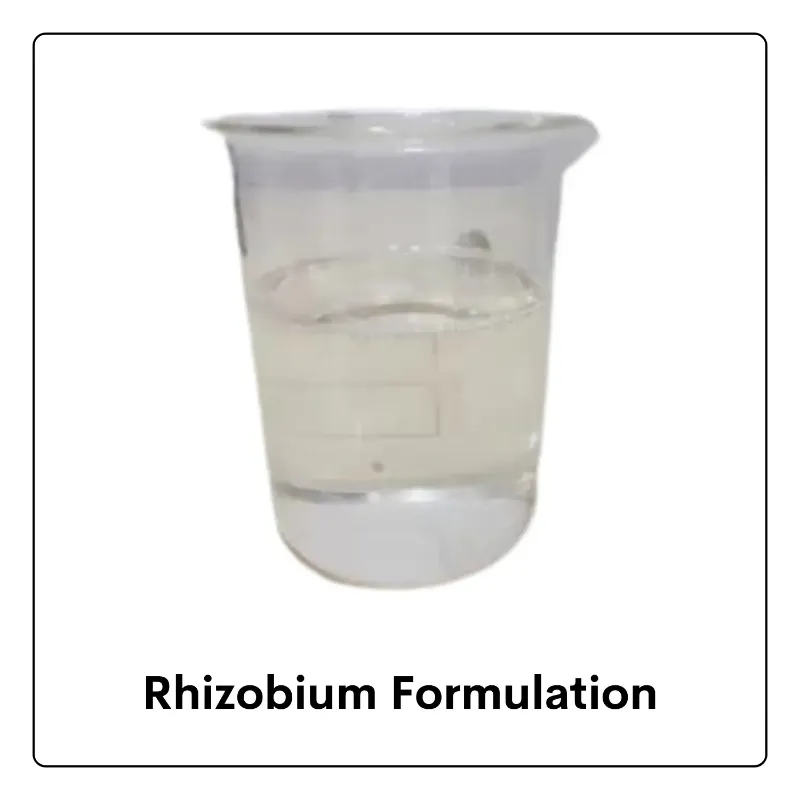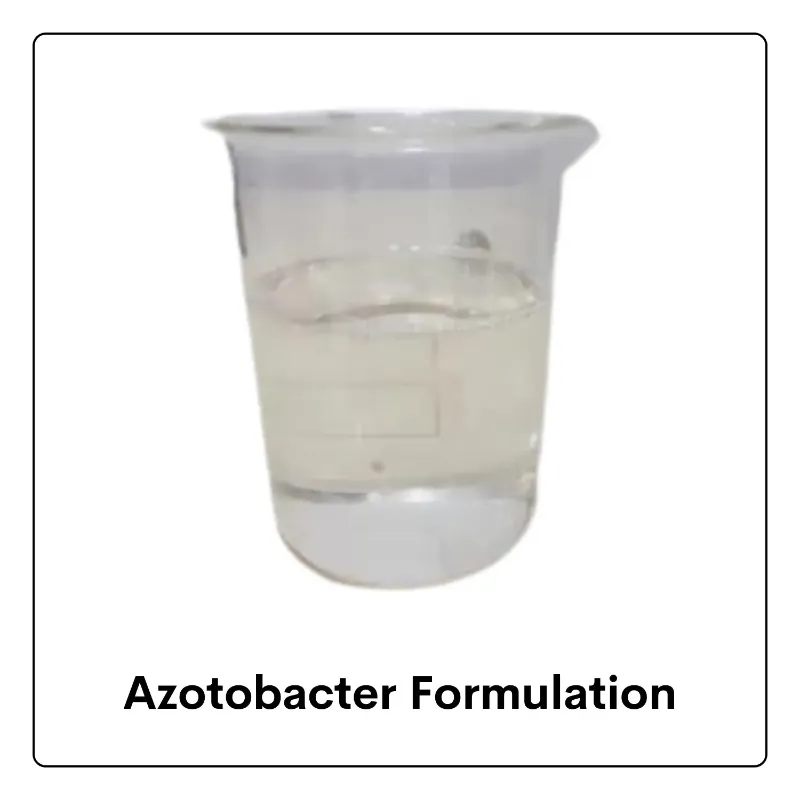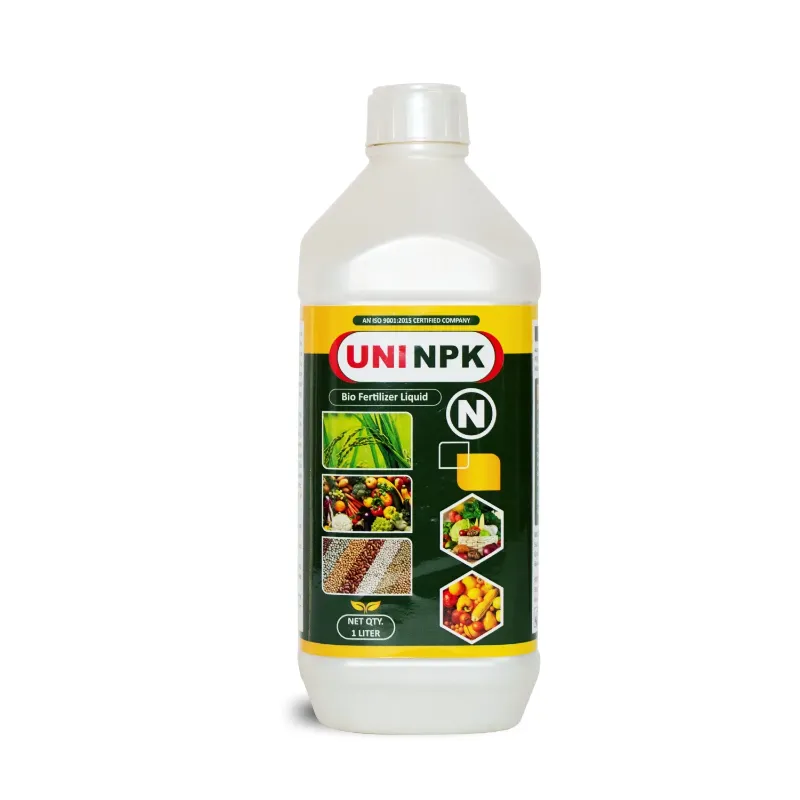Pest outbreaks are a common challenge in agriculture and gardening, posing significant threats to crop yields and plant health. Managing these outbreaks effectively is crucial to maintaining healthy plants and maximizing productivity. The strategies for managing pest outbreaks can vary depending on the type of pests, the crops affected, and the environmental conditions. However, a combination of preventive measures, monitoring, and targeted interventions can significantly reduce the impact of pests on your crops.
1. Integrated Pest Management (IPM)
Integrated Pest Management (IPM) is a comprehensive approach that combines multiple strategies to manage pests in the most efficient, environmentally friendly, and sustainable way possible. IPM focuses on long-term prevention and control of pests through a combination of techniques such as biological control, habitat manipulation, and the use of resistant varieties. The key steps in IPM include:
- Monitoring: Regularly inspecting crops for signs of pest activity allows early detection and helps in identifying the specific pests involved. Monitoring can involve visual inspections, traps, and the use of predictive models to forecast pest outbreaks.
- Biological Control: This involves using natural predators, parasites, or pathogens to control pest populations. For example, introducing ladybugs to control aphids or using nematodes to target soil-dwelling pests can reduce the reliance on chemical pesticides.
- Cultural Practices: Modifying farming practices to make the environment less conducive to pests is an effective strategy. Crop rotation, intercropping, and selecting pest-resistant crop varieties can help in minimizing pest pressure.
- Chemical Control: While IPM emphasizes minimizing the use of chemical pesticides, they can be used as a last resort when pest populations exceed economic thresholds. The key is to use them judiciously, targeting specific pests and applying them in a way that minimizes harm to beneficial organisms and the environment.
2. Regular Monitoring and Early Detection
Early detection of pest outbreaks is critical to preventing them from causing widespread damage. Regular monitoring involves scouting fields or gardens for signs of pests, such as damaged leaves, droppings, or visible insects. Using pheromone traps or sticky traps can help in detecting specific pests early on.
When monitoring, it’s important to identify the type of pest accurately, as different pests require different management strategies. Early detection allows for timely intervention, which can prevent the pest population from reaching levels that cause significant economic damage.
3. Biological Controls
Biological controls involve using living organisms to manage pest populations. These natural enemies of pests can include predators, parasites, or pathogens. Some examples include:
- Predators: Ladybugs, lacewings, and predatory beetles are common predators used to control aphids, mites, and other soft-bodied pests.
- Parasitoids: Parasitic wasps, which lay their eggs inside or on pest insects, eventually kill the host pest. These wasps are effective against caterpillars, beetles, and other pests.
- Pathogens: Microorganisms such as bacteria, fungi, and viruses can infect and kill pests. For example, Bacillus thuringiensis (Bt) is a bacterium that is effective against caterpillars and other insect larvae.
Biological controls are often part of an IPM strategy and are particularly useful because they target pests without harming beneficial insects or the environment.
4. Cultural Practices
Cultural practices are non-chemical methods that modify the environment to reduce pest establishment, reproduction, and survival. These practices include:
- Crop Rotation: Rotating crops with different plant families can break the life cycle of pests that are specific to certain crops. For example, rotating corn with soybeans can help in controlling corn rootworms.
- Intercropping: Growing different crops together can confuse pests and reduce their ability to find and infest their preferred hosts. This also encourages biodiversity, which can lead to more natural pest control.
- Sanitation: Removing plant debris, weeds, and other sources of pest infestation can reduce pest populations. Clean fields and gardens are less likely to harbor pests and diseases.
- Planting Dates: Adjusting planting dates can help avoid peak periods of pest activity. For example, planting early-maturing varieties can allow crops to escape damage from late-season pests.
5. Mechanical Controls
Mechanical controls involve the physical removal or exclusion of pests. These methods are often used as part of an IPM strategy and can include:
- Handpicking: For small infestations, manually removing pests from plants can be effective. This is particularly useful for large pests like caterpillars or beetles.
- Barriers: Physical barriers such as row covers, nets, or screens can prevent pests from reaching the plants. For example, using floating row covers can protect crops from insect pests while still allowing light and water to reach the plants.
- Traps: Various traps, such as pheromone traps or sticky traps, can be used to capture and monitor pest populations. These traps can help in reducing the number of pests and serve as an early warning system for potential outbreaks.
6. Chemical Controls
When other methods are not sufficient to control pest populations, chemical controls may be necessary. However, they should be used carefully and as a last resort. The key to effective chemical control is selecting the right pesticide for the specific pest and applying it in a way that minimizes harm to non-target organisms and the environment. Some considerations include:
- Targeted Application: Apply pesticides only to areas where pests are present, and at times when they are most vulnerable. This reduces the overall amount of chemicals used and minimizes exposure to beneficial insects.
- Use of Selective Pesticides: Whenever possible, choose pesticides that target specific pests while sparing beneficial organisms. For example, insecticidal soaps or oils can control soft-bodied insects like aphids without harming predators.
- Resistance Management: Overuse of pesticides can lead to resistance in pest populations. To prevent this, rotate pesticides with different modes of action and use them as part of an integrated pest management strategy.
Conclusion
Managing pest outbreaks effectively requires a multifaceted approach that combines prevention, monitoring, and targeted interventions. By implementing strategies such as Integrated Pest Management, regular monitoring, biological controls, cultural practices, mechanical controls, and careful use of chemical controls, farmers can minimize the impact of pests on their crops. Unicrop Biochem offers a wide range of products that support these strategies, helping farmers protect their crops while promoting sustainable agricultural practices.
